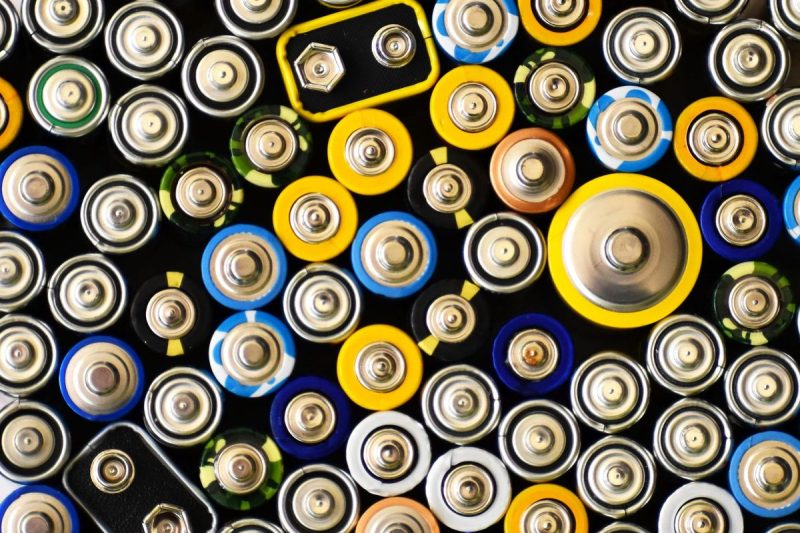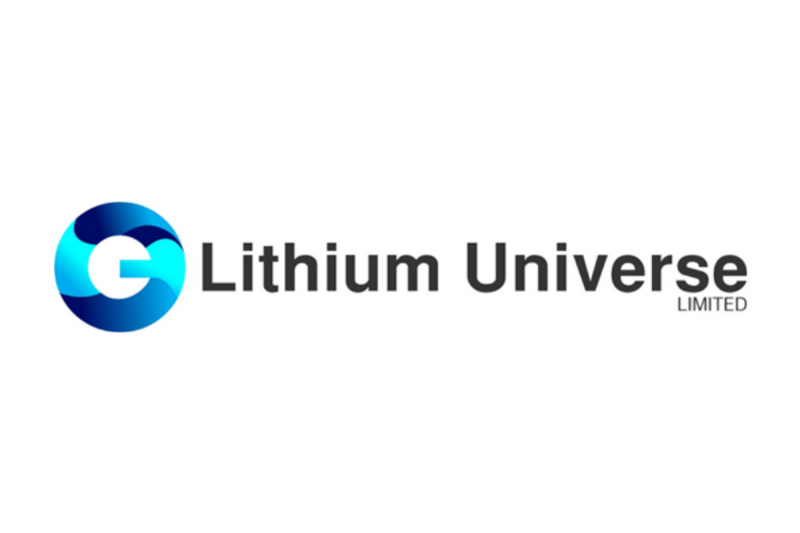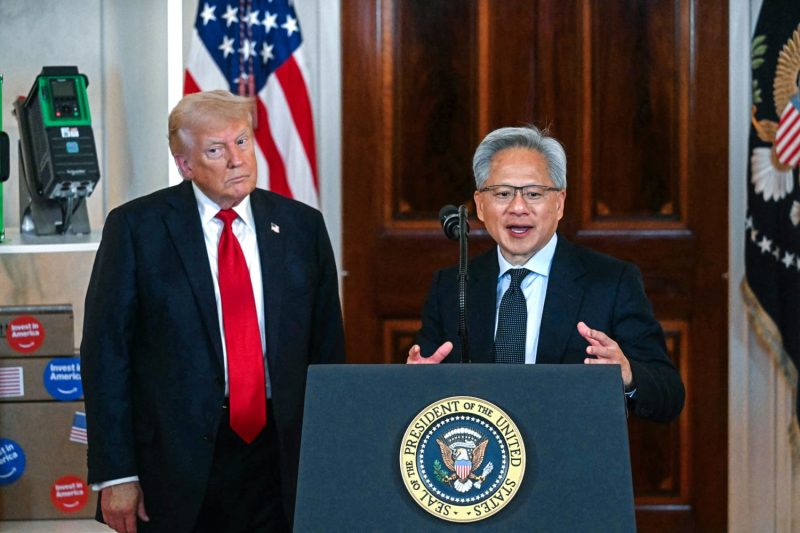Generative artificial intelligence (AI) has helped a group of scientists identify five new materials that could power the next wave of batteries without relying on lithium.
The study, published on June 26 in Cell Reports Physical Science, focuses on materials that could enable multivalent-ion batteries — a technology long touted for its potential, but hindered by practical challenges.
The lithium problem for batteries
Lithium dominates in batteries used in everything from smartphones to electric vehicles, but faces challenges — it is costly to extract, geographically concentrated and comes with environmental and geopolitical concerns.
As global demand for batteries surges, researchers are racing to find viable alternatives that are both abundant and efficient. Multivalent-ion batteries offer one potential path forward. Unlike lithium-ion batteries, which carry a single positive charge, multivalent-ion batteries using materials like magnesium or zinc carry two or three.
In theory, this means that they can pack more energy into the same space. However, their larger size and stronger charge make it difficult for them to move through standard battery materials.
“One of the biggest hurdles wasn’t a lack of promising battery chemistries — it was the sheer impossibility of testing millions of material combinations,” said lead author Dibakar Datta, a professor of mechanical and industrial engineering at the New Jersey Institute of Technology. “We turned to generative AI as a fast, systematic way to sift through that vast landscape and spot the few structures that could truly make multivalent batteries practical.”
To tackle the challenge, Datta’s team developed a “dual AI” system. The first part, a crystal diffusion variational autoencoder (CDVAE), was trained on vast datasets of known crystal structures. It could generate entirely new porous transition metal oxides, a class of material known for its structural flexibility and ionic conductivity.
The second part was a fine-tuned large language model (LLM) designed to narrow the list.
It focused on materials closest to thermodynamic stability, a critical factor in determining whether a compound can realistically be made and used in the real world.
The CDVAE cast a wide net, creating thousands of hypothetical structures with large, open channels. The LLM then acted as a filter, selecting only those most likely to hold up under actual manufacturing and operational conditions.
Five new battery candidates
“Our AI tools dramatically accelerated the discovery process, which uncovered five entirely new porous transition metal oxide structures that show remarkable promise,” Datta said.
These structures, the study suggests, offer unusually large pathways for ion movement, a crucial step toward making multivalent batteries that charge quickly and last for long periods of time. Quantum mechanical simulations and stability tests confirmed that the materials should be both synthetically feasible and structurally sound.
The five compounds now move to the next stage — experimental synthesis in collaboration with partner laboratories. If successful, they could be incorporated into prototype batteries and eventually scaled for commercial production.
Traditional materials research is often a painstaking, years-long process of hypothesis, synthesis and testing.
By contrast, AI can rapidly explore enormous “material spaces” that would be impossible for humans to search manually, flagging only the most promising candidates for further investigation.
What it means for the batteries of tomorrow
Multivalent-ion batteries have been studied for decades, yet few have reached commercial readiness because the necessary materials either didn’t conduct ions well enough or degraded too quickly.
By using AI to overcome that bottleneck, the research team hopes to accelerate not just battery chemistry, but also the infrastructure needed to support electrification on a global scale.
However, the five materials identified by Datta’s team aren’t ready to replace lithium tomorrow. They still need to be synthesized, tested in lab-scale batteries and proven to perform under real-world conditions.
Safety, scalability and cost effectiveness all remain open questions.
Still, the study’s authors argue that their AI framework has already proven its value by shrinking what could have been a decades-long search into a matter of months.
“This is more than just discovering new battery materials — it’s about establishing a rapid, scalable method to explore any advanced materials, from electronics to clean energy solutions, without extensive trial and error,” Datta added.
Securities Disclosure: I, Giann Liguid, hold no direct investment interest in any company mentioned in this article.










